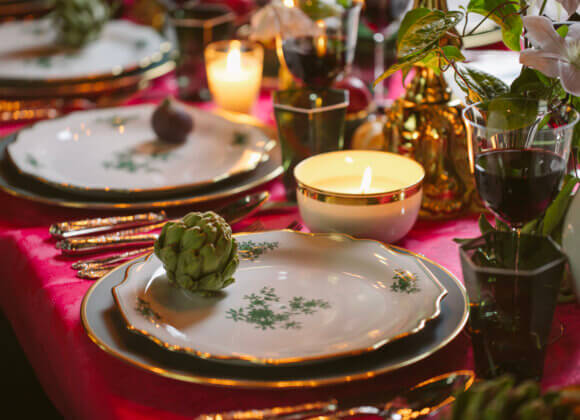Ceramic glass cooktops can be found in many kitchens. To keep your ceramic hob looking its best for years to come, it needs the right care.
Glass ceramic hobs are among the most frequently used cooking surfaces – they score points for their low energy consumption, robustness and appearance. However, it is the latter in particular that is often the target of daily kitchen battles: splashes of fat, spilled milk or sauce and various other food residues are unpleasant reminders of the cooking session. But it’s not that difficult to get the hob sparkling clean again.
Tip 1: Clean the ceramic hob regularly
Ideally, the cooktop should be cleaned after each use – this prevents food residue from burning on. Simply wait until the glass ceramic hob has cooled down a little, then wipe over with a damp (microfiber) cloth and wipe with a dry cotton cloth. If the stain is stubborn, you can tackle it either with special cleaning agents for glass ceramic or various household products.
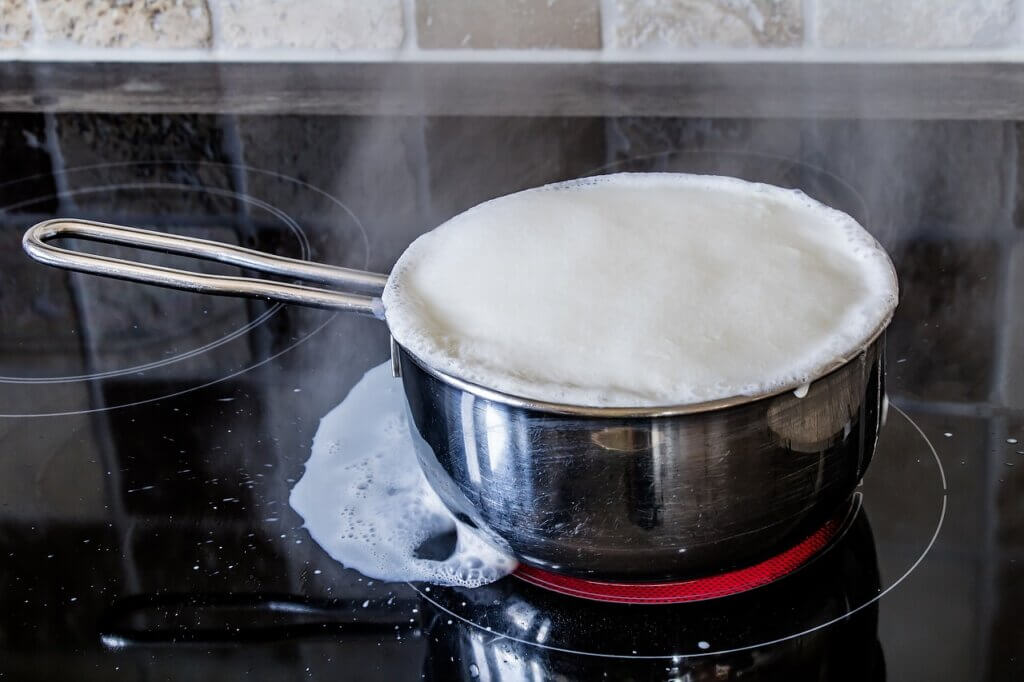
Tip 2: Do not scrub the ceramic hob!
What ceramic hobs do not like at all are kitchen sponges, especially those made of steel wool, and scouring milk. These scratch the surface too much. Instead, use a ceramic hob scraper to gently remove encrustations.
Tip 3: Washing-up liquid & window cleaner
Restraint is also required when using washing-up liquid and window cleaning products. The former are helpful when it comes to removing grease. However, the cooktop must be thoroughly cleaned with water after using washing-up liquid, as these are usually not heat-resistant. This can cause limescale residue to burn into the glass ceramic plates. This results in unsightly discoloration. The cleaning success of the latter leaves much to be desired. However, when used as a finish, they leave the stove shiny and streak-free.
Tip 4: Cleaning with the cleaning stone
The cleaning agent in solid form, which is available especially for glass ceramics, is often used to clean ceramic, stainless steel, glass or plastic surfaces and to polish, protect and preserve them at the same time.
Tip 5: Lemon juice & vinegar
The juice of the lemons is not only effective against dirt, but also removes any limescale stains at the same time. To prevent these from returning immediately after cleaning, the lemon juice should be removed with water and the stove wiped dry afterwards. Vinegar has also proven itself in the fight against various types of soiling – however, both household remedies should only be used with caution, as in the worst case they could damage the glass top.
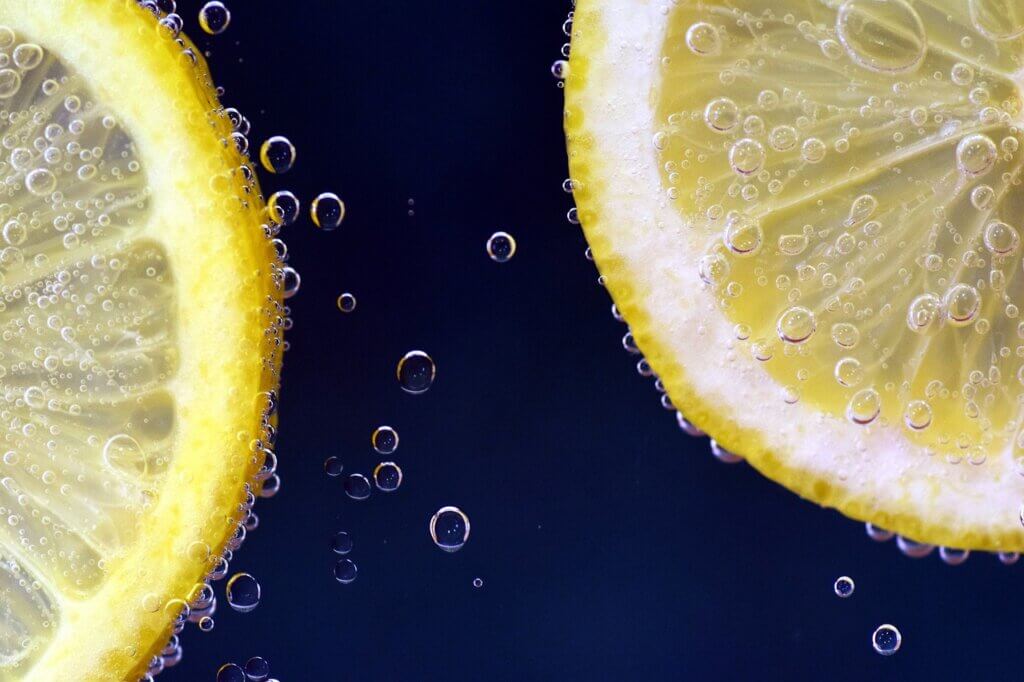
Tip 6: Washing-up liquid tabs, baking powder & baking soda
These helpers, which are mixed with water to form a paste and then applied, also ensure that the ceramic hob looks like new. However, caution is advised: Tabs, baking powder and baking soda should be thoroughly dissolved to avoid scratching the plate.
By the way: Did you know that ceramic hobs and glass ceramic hobs are the same thing? Ceramic hobs are also made of glass ceramic. The point is that Ceran is a protected trademark of the Schott company, but the term has now become established as the name for all glass ceramic hobs.
Related posts:
Cleaning the oven: the best household remedies
Cleaning your coffee machine: How to keep your espresso aromatic



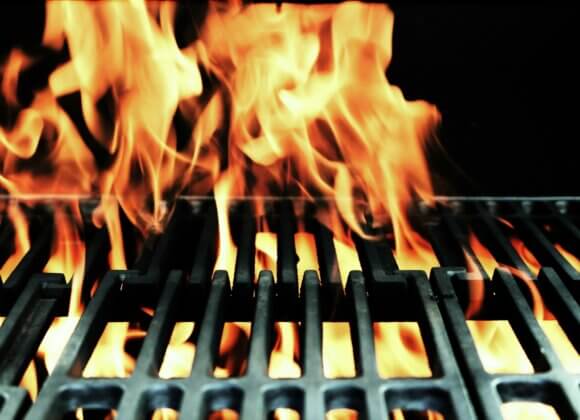
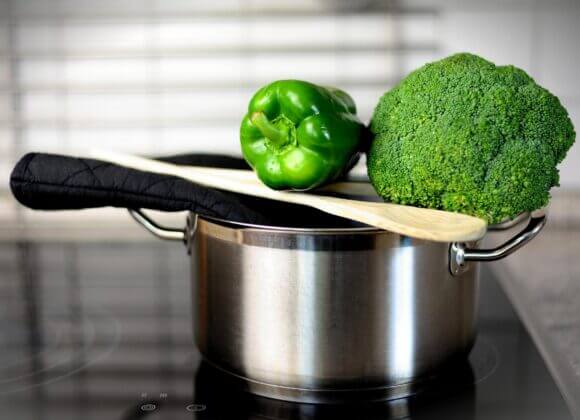


![Home cooking reloaded incl. competition Christoph_Krauli_Held©Monika_Loeff_19285[1]](https://myhome.at/wp-content/uploads/2025/09/Christoph_Krauli_Held©Monika_Loeff_192851-580x420.jpg)


